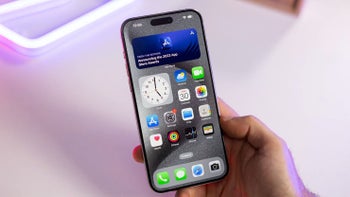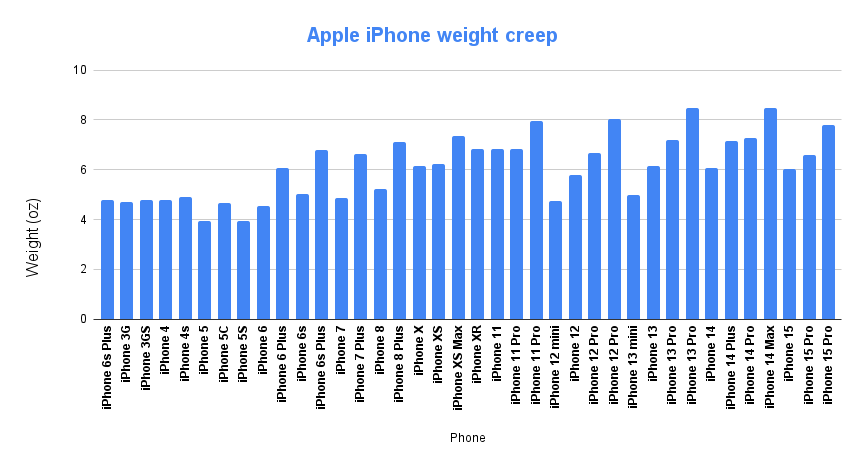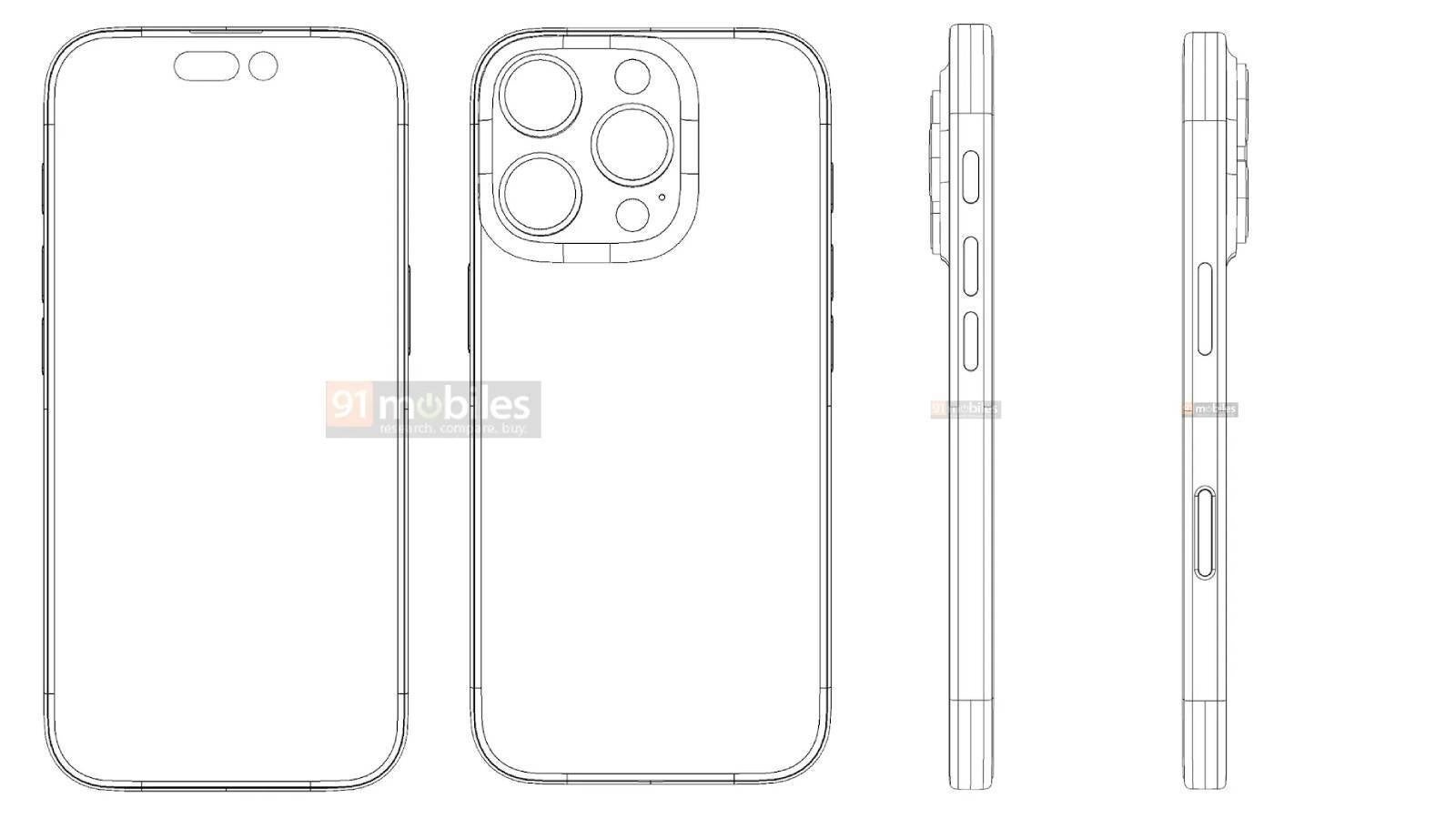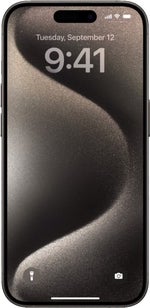Unwieldy iPhone 16 Pro Max will drag Apple back into the fat camp
We may earn a commission if you make a purchase from the links on this page.

Oh, the times when phones were compact, plastic-y, and light as a feather! We carried them, dropped them, used them with one palm and no one batted an eye. Mainly because they would miss something on the smallish screens, but still...
The ever-growing display sizes brought with them the corresponding increase in weight, while the chief designers and engineers changed the plastic builds to edgier aluminum bodies or to glass when wireless charging became the norm.
Coupled with the increasing camera counts and battery capacities, these trends only added extra weight to our phones, and don't even get us started on those cool but heavy foldables.
Phone obesity epidemic
Flagship ≠ tub of toothpaste
The first few iPhone models kept weight nearly constant, between 133 and 140 grams. That’s fascinating, considering that the iPhone 4, with its bold and unique for the times design, incorporated metal and glass in its body without gaining much weight. Samsung, on the other hand, started things a lot lighter when the first Galaxy S debuted in 2010, simply because its body was plastic and it used an OLED display.
Things escalated quickly since then, and from the 135g of the OG iPhone, we are now at the 7.80 oz (221 g) of the iPhone 15 Pro Max. That is not even the worst Apple handset offender in that regard, since its predecessor weighs the whopping 8.47 oz (240 g).

The unbearable lightness of being
In the Android camp, it took Samsung 14 years to nearly double the weight of its OG Galaxy S flagship to the 8.22 oz (233 g) of the Galaxy S24 Ultra now, with its fancy periscope zoom camera, giant 6.8-inch display, and an S Pen stylus silo. These weights are not even counting the rugged iPhone 15 Pro cases or the elaborate Galaxy S24 cases that both protect the Ultra and add extra features as well as additional weight.
Also read:
- iPhone 16 Pro Max vs Galaxy S24 Ultra: differences, predictions, expectations
Titanium won't save the iPhone 16 Pro Max
As can be seen from our chart, for Apple things escalated when it started adding Plus and Pro and Max lines of phones to its roster. It all culminated with last year's big iPhone 14 Pro Max block of glass and stainless steel, whose dimensions are 6.33 x 3.05 x 0.31 inches and weight 8.47 oz (240.0 g). For comparison, that's more than the Galaxy S24 Ultra or the Oppo Find X7 Ultra that has a larger screen and two periscope camera kits.

The iPhone 16 Pro may come with larger display
This, however, would've left a smaller display size difference between the iPhone 16 Pro and the iPhone 16 Pro Max. Moreover, Apple's most expensive 2024 iPhone won't have the optical zoom exclusivity its predecessor enjoys now. How may have Apple solved this conundrum? Why, increase the iPhone 16 Pro Max display to 6.9 inches, too, and keep the size difference intact, of course.
Newly leaked iPhone 16 Pro sketches confirm that Apple will have four iPhone screen sizes to choose from this year, fragmenting its most successful product even further. Instead of the 146.6 x 70.6 x 8.25 mm dimensions of the 15 Pro, the iPhone 16 Pro is said to come in a larger and thicker 149.6 x 71.4 x 8.4 mm package with the corresponding weight bump.
Granted, the 6.1-inch screen size was getting a bit long in the tooth and smallish for the premium phones of this day and age. Furthermore, those mulling between the regular iPhone 16 and its Pro version will have an easier time deciding, now that one will have the larger display.
A bigger screen also means more weight, though, and even if Apple continues with the titanium build in its 2024 Pro line of phones, their bigger displays will more than make up for what the premium material saved. In other words, we may expect the largest iPhone ever, with a weight surpassing that of some foldable phones as Apple goes back in the fat camp, expensive titanium or not.





















Things that are NOT allowed: